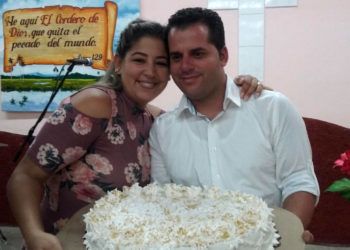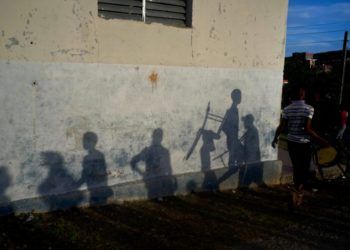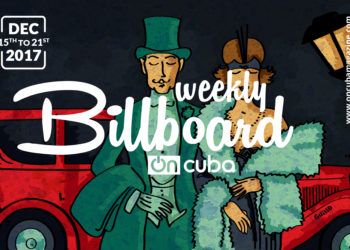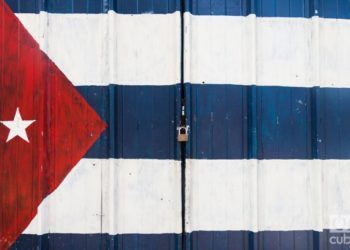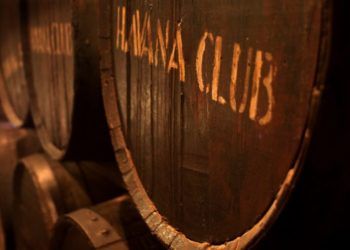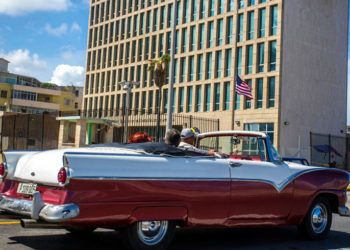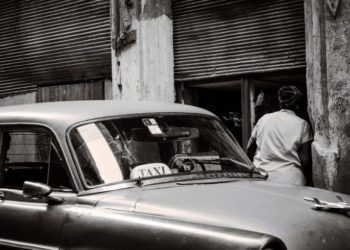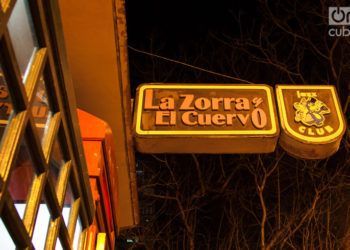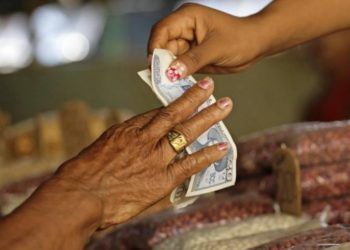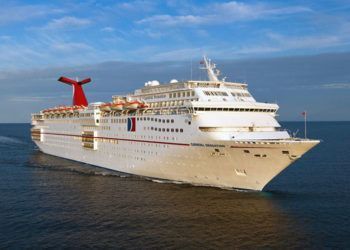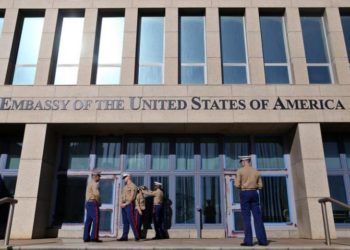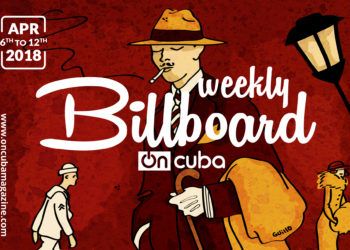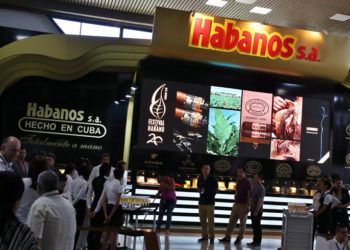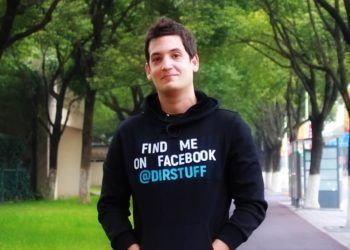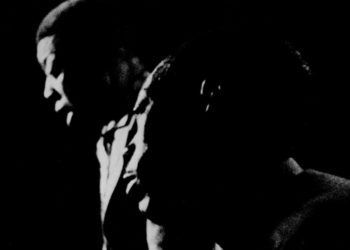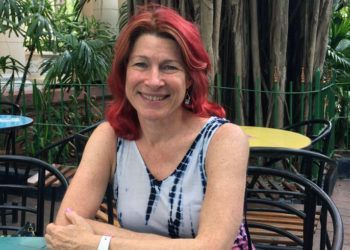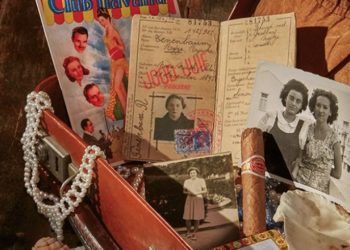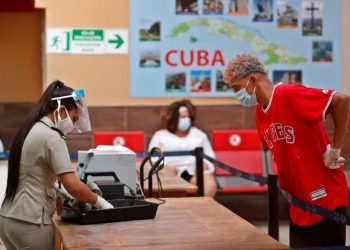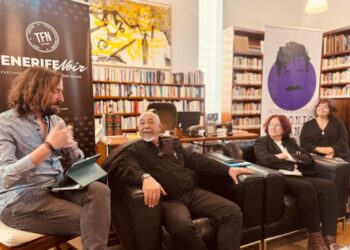Father claims return of newborn girl in Miami
A Cuban who affirms being the father of a newborn, whose mother died during childbirth in a Miami hospital last March 2, is claiming the custody of the baby that a cousin of the deceased in the U.S. city is also disputing, in a case that recalls that of Elián González. The deceased mother, Yarisleidi Rodríguez, arrived in Florida last October 6 in the last months of her pregnancy, with the intention of giving birth to her baby in the United States, but she died during childbirth in Jackson Memorial Hospital in Miami, local sources reported. The young Cuban woman never gave the hospital the name of the father, which is why, according to the medical center’s administration, it was obligated to accept her cousin, Nairobis Pacheco, as the person responsible for the temporary custody of the baby girl, according to a document obtained by the Univisión 23 channel. The hospital alleges that a judge decided that the temporary custody of the newborn be granted to Pacheco. But Yoelvis Gattorno, who lives in Cuba, affirms he is the father of the baby, which is hospitalized in intensive care, and is claiming her custody. According to El Nuevo Herald, Gattorno explained...


